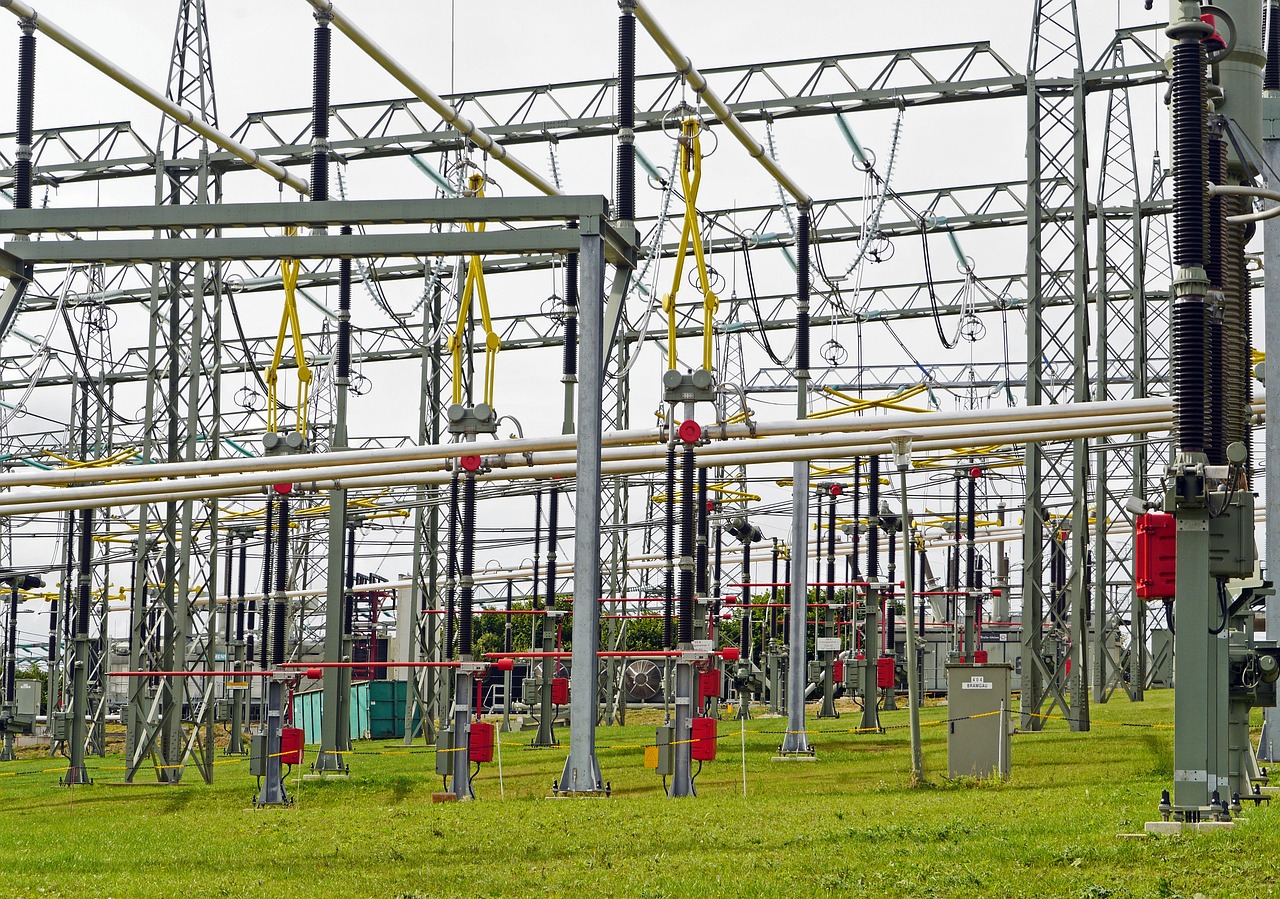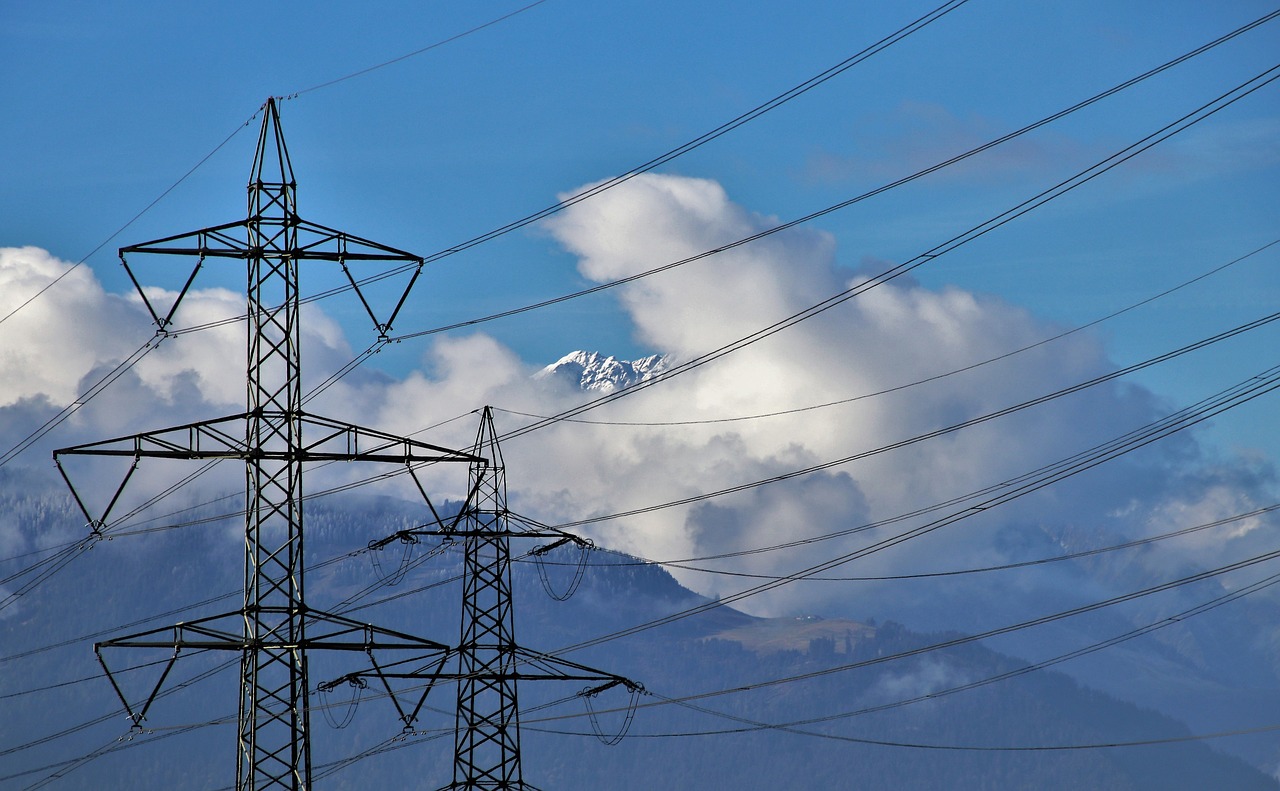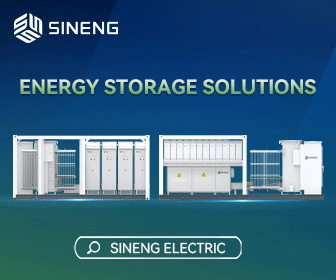California and Beyond - A timely fix to decarbonize the fast-growing energy storage market
Here's a Family Feud-esque scenario: Imagine asking 100 energy sector experts the question, "What's needed to reduce emissions from the energy sector?" Survey says... "Energy storage!" And rightfully so.
 The grid has become a more and more complex orchestra of parts: demand has grown more flexible with smart devices; customers have installed more on-site generation, storage, DERs, and EVs; the bulk power system has replaced more baseload fossil-burning plants with utility-scale wind and solar. No matter the complexity, however, the grid still must abide by the old rules of balancing supply and demand.
The grid has become a more and more complex orchestra of parts: demand has grown more flexible with smart devices; customers have installed more on-site generation, storage, DERs, and EVs; the bulk power system has replaced more baseload fossil-burning plants with utility-scale wind and solar. No matter the complexity, however, the grid still must abide by the old rules of balancing supply and demand.
Energy storage can allow us to store and dispatch energy from wind and solar, providing constant, zero-emission electricity even after the sun sets, or the wind dies down. Without energy storage (as well as sufficiently robust demand-side flexibility), we'll continue to face our current energy system challenge: electricity must be produced at the exact moment it's used.
This leads to an odd quirk of electricity markets: because power plants have to supply energy when consumers ask for it, the exact moment a consumer uses electricity determines which power plants get to sell it. While it's hardly a simple exercise, with precise-enough algorithms, it is possible to detect which power plant will supply the electricity if consumers use it at a particular time and place. That power plant is known as the "marginal" plant; the options vary widely, from coal-fired plants to those generating renewable energy.
In this equation, energy storage has become an essential component of emissions reductions because it has the ability to hold on to surplus when wind and solar are over-producing (relative to demand), and then dispatch at times when a polluting energy plant would otherwise need to respond. This process ideally gets put on repeat, at an increasing scale, to support grid management as renewables grow and flood the system.
No state is more at the frontlines of this opportunity than California. The state is leading the world with its aggressive clean energy target: to source 100% carbon-free electricity by 2045. Through California's Self-Generation Incentive Program (SGIP), the state has already installed record-breaking levels of energy storage towards reducing the state's greenhouse gas (GHG) emissions. But is it working?

In the 2016 and 2017 SGIP Advanced Energy Storage Impactreports commissioned by the California Public Utilities Commission (CPUC), data showed that battery storage actually increased emissions in both the residential and commercial sector. Each time batteries charge, they increase total amount of demand on the grid; when they discharge, they decrease demand. This increases or decreases corresponding output at the marginal power plant. The key to ensuring a battery charges with clean energy requires knowing whichplant is on the margin in real time. If that battery is storing and dispatching dirty energy, it's contributing to emissions.
Until recently, there was no way to know when and which power plants were marginal. Today, access to real-time, location-based marginal emissions data make clean battery storage a reality. Equipped with this information, and the right software to leverage it, we can prevent what the CPUC reports showed - batteries often store more dirty energy than clean.
 The CPUC convened a GHG Signal Working Group to address this very issue. The Working Group, made up of diverse stakeholders, explored thousands of scenarios for GHG reduction strategies of energy storage systems. They found that the use of real-time emissions data, combined with a quality forecast to dispatch batteries, could eliminate emissions andpreserve customer cost savings of up to 60 percent.
The CPUC convened a GHG Signal Working Group to address this very issue. The Working Group, made up of diverse stakeholders, explored thousands of scenarios for GHG reduction strategies of energy storage systems. They found that the use of real-time emissions data, combined with a quality forecast to dispatch batteries, could eliminate emissions andpreserve customer cost savings of up to 60 percent.
Following the findings of the Working Group, the CPUC staff issued a proposal (R1211005) for new GHG rules for both residential and commercial projects. The proposal is still open for comment, and won't be implemented before the CPUC issues a final ruling, expected in the first quarter of 2019. In the meantime, the lessons learned can be applied at scale.
For example, one important part of the proposal (relevant for other states planning similar large storage mandates) is the call for a public, real-time GHG signal, based on marginal emissions data, and built upon a transparent and vetted methodology. By using this as the starting point, states can avoid increased emissions before their mandates come into effect, and battery storage can live up to its image as the kingpin in a low-carbon energy future.
Katie Ryan heads up the Partnerships team at WattTime, a non-profit subsidiary of the Rocky Mountain Institute, which catalyzes a movement to give anyone the freedom to choose cleaner energy easily and automatically. WattTime builds technologies that enable electronic devices to automatically sync the times they use power to moments of clean energy. WattTime created Automated Emissions Reduction (AER) technology, and participated in the CPUC's GHG Signal Working Group to help find a decarbonization solution to build into California's energy storage plan. Katie has 10+ years of diverse career experience in corporate sustainability and communications. She serves on the non-profit board of Hill Country Conservancy and hco-founded the first 1% for the Planet mobile game company, The Path to Luma.
WattTime | www.watttime.org
Author: Katie Ryan
Volume: 2018 November/December









